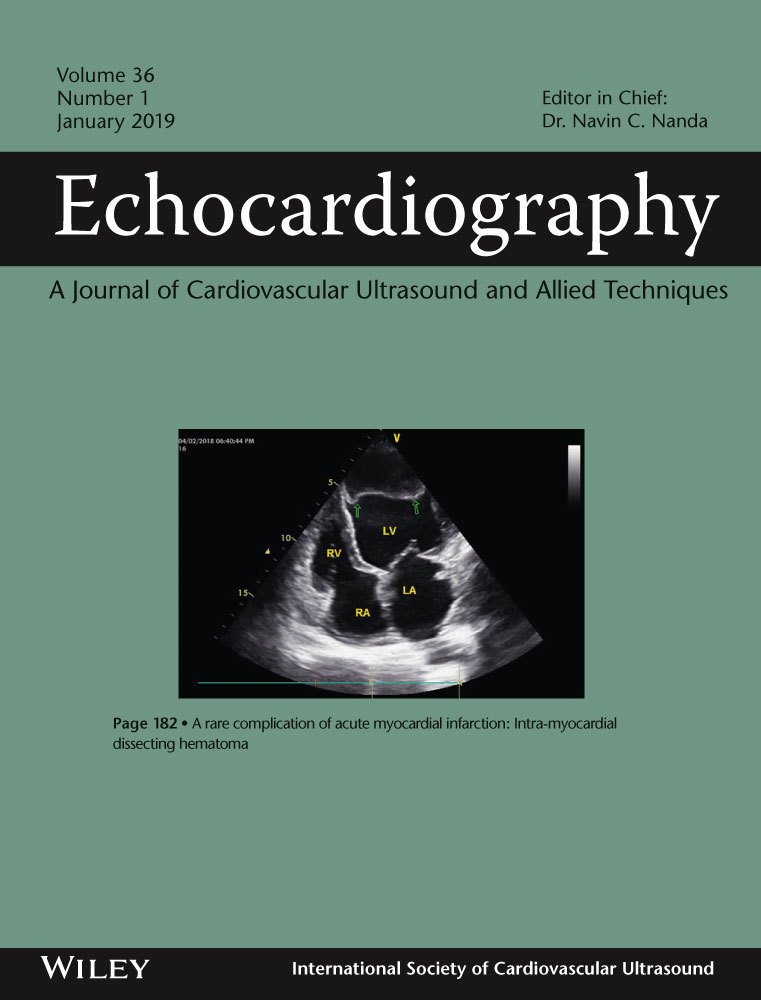Has carotid intima-media thickness prognostic impact in patients with high cardiovascular risk? A long-term cohort study
Abstract
Background
Carotid intima-media thickness (CIMT) is an established surrogate marker for cardiovascular events in patients with intermediate risk. In patients with high cardiovascular risk or established cardiovascular disease, the impact of CMIT measurement on risk stratification for future events is less clear. Our objective was to evaluate the impact of CIMT on the occurrence of cardiovascular events in a cohort of individuals with high cardiovascular risk, in long-term follow-up.
Methods
We analyzed 296 individuals, mean follow-up of 6.9 ± 2.2 years. Individuals were divided into tertiles according to CIMT. Tertiles were compared in terms of baseline characteristics and outcomes during follow-up—all-cause mortality and composite outcome (mortality, acute coronary syndromes, coronary revascularization, stroke/transient ischemic attack, heart failure, or cardiovascular admission).
Results
Our population had a mean age of 65 ± 9 years at the beginning of the study, 55% males. Patients with higher CIMT showed a trend for higher cardiovascular mortality (P = 0.084) and for the composite outcome (P = 0.049). A CIMT ≥ 0.85 mm was also associated with higher rate of events; however, CIMT was not an independent predictor of outcome after adjustment for age and gender. CIMT assessment was useful in patients with hypertension, hyperlipidemia, and metabolic syndrome and in nondiabetic patients. For the composite outcome, it was also useful in females, smokers, and in patients without coronary artery disease.
Conclusions
Patients with higher CIMT have worst outcome, but this was mainly driven by age and gender. CIMT is useful as a prognostic marker in specific subsets of patients.




